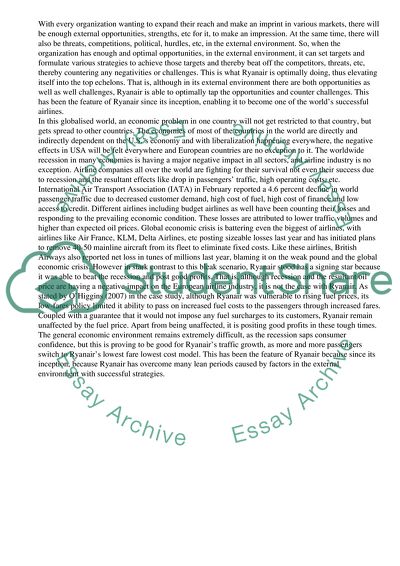Cite this document
(Ryanair's Transformation from a Full-Service Conventional Airline into Case Study, n.d.)
Ryanair's Transformation from a Full-Service Conventional Airline into Case Study. Retrieved from https://studentshare.org/business/1735842-stretigic-management
Ryanair's Transformation from a Full-Service Conventional Airline into Case Study. Retrieved from https://studentshare.org/business/1735842-stretigic-management
(Ryanair'S Transformation from a Full-Service Conventional Airline into Case Study)
Ryanair'S Transformation from a Full-Service Conventional Airline into Case Study. https://studentshare.org/business/1735842-stretigic-management.
Ryanair'S Transformation from a Full-Service Conventional Airline into Case Study. https://studentshare.org/business/1735842-stretigic-management.
“Ryanair'S Transformation from a Full-Service Conventional Airline into Case Study”, n.d. https://studentshare.org/business/1735842-stretigic-management.


